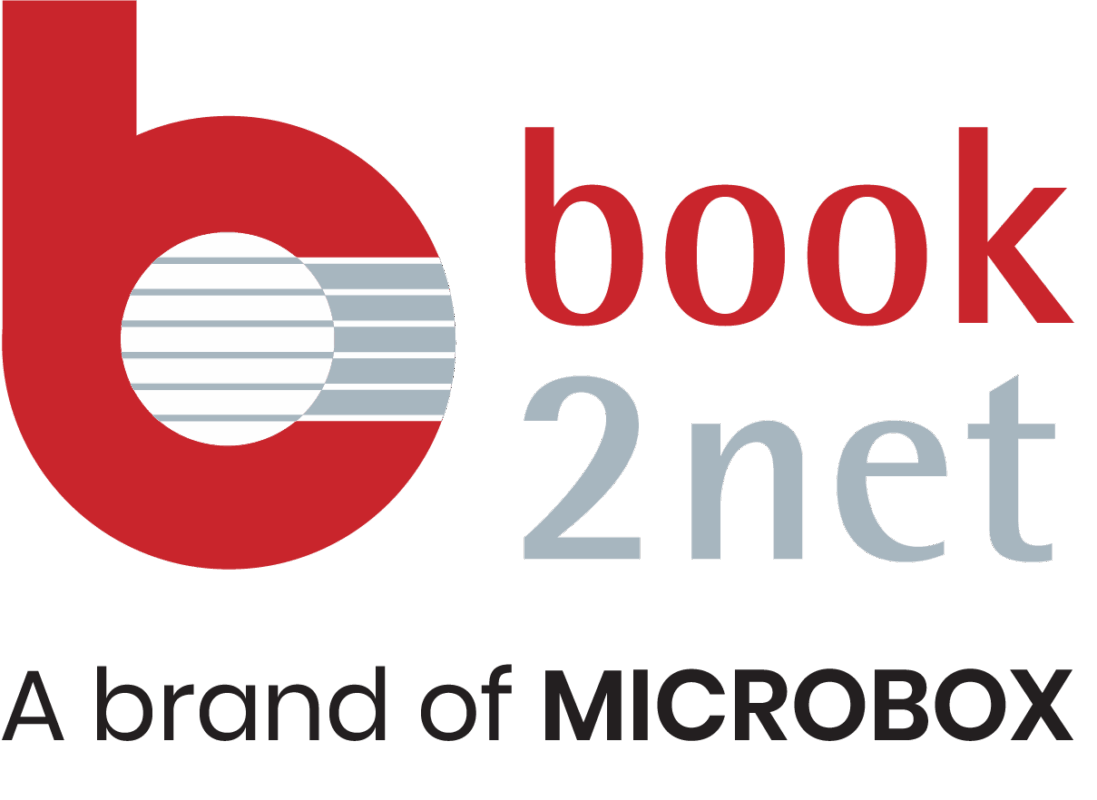As physical stacks are needed to be well managed and well organized, so is the case with online information. One wants online resources to be researchable and organized, just like hard copies.
A digital repository provides you a hub of online resources that one might need for a variety of different functions and purposes. In addition, the digital repository is responsible for preserving digital content.
How do digital repositories work?
Digital repository is a broader term that includes the journey from a single software system to the overall management and planning of online materials. This stewardship is not restricted to hardware or software solely but extends to services, processes, content, rules, regulations, and metadata.
While keeping up intelligent control, digital repositories hold a particular and permanent location so that researchers may not face any difficulty in finding the digital materials they are looking for.
We can find two basic types of digital repositories:
1) Institutional Repository
2) Disciplinary Repository
As evident by its title, an institutional repository is a repository or collection of an institution’s particular resources.
On the other hand, some repositories work as subject-based online archives maintained by a subject community. Such a disciplinary repository contains the data associated with scholars in a specific area.
Advantages of digital repositories
- A digital repository deals with intellectual stuff and metadata in the same area.
- It allows user-friendly remote access to resources. It works as a valuable tool for RAE (Research Assessment Exercise).
- A digital repository allows organizations and institutions to preserve the integrity of their intellectual assets efficiently.
- These repositories allow the deposits in bulks, thus reducing the need for physical storage.
